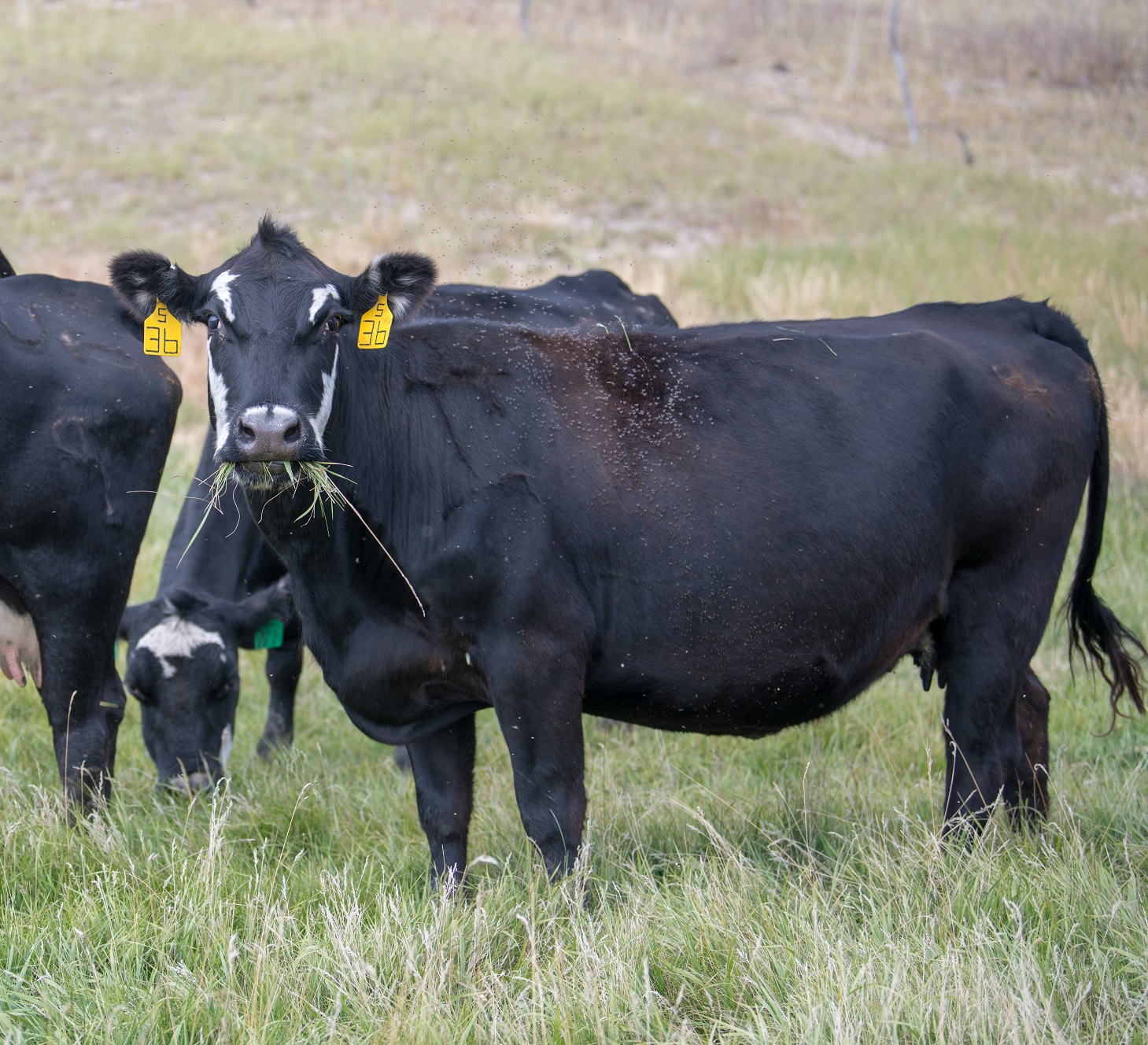Fall Fly Control for Pastured Cattle in Nebraska

Listen to a discussion of the content in this article on this episode of the BeefWatch podcast. You can subscribe to new episodes in iTunes or paste http://feeds.feedburner.com/unlbeefwatch into your podcast app.
What control options are available for late season flies on pastured cattle?
Horn fly – In this part of the country we normally see two horn fly population spikes, one in early June and the second in late-August through mid-September. These large fly populations can be attributed to continuous and overlapping horn fly generations through the fly season. We observed a small impact on fly numbers during the sudden cold snap that occurred after Labor Day. But temperatures were not low enough and sustained to significantly reduce the population. A biological event that is currently ongoing will start to naturally lower horn fly numbers. The event is called diapause. In the fall, development from egg to adult is interrupted and developing flies will overwinter in the pupal stage beneath manure pats. Diapause for horn flies in Nebraska begins after Labor Day and continues through September and early October until complete or a killing frost occurs (below 25° F). However, until then a rescue fly treatment may be necessary if numbers exceed the Economic Injury Level of 200 horn flies per animal. Insecticide sprays can be applied using a low pressure sprayer or a mist blower sprayer, and should provide 7-10 days of control. A pour-on would be another option, and provide control for 21- 28 days. A list of recommended treatment methods and control products can be found in (Table 1).

Face fly- numbers have been unusually high this season and continue to plague many pastured cattle. As with the horn fly, face flies experience a different version of diapause, called reproductive diapause. In the field, day lengths of 12.5 hours or shorter induce reproductive diapause, beginning in Nebraska on September 13. During this process both sexes seek protected places to spend the winter. A killing frost (25° F degrees or below) can impact face fly numbers. However, until diapause is completed or a killing frost occurs, additional fly control measures may be required. Face fly control is extremely difficult to accomplish due to the feeding habits of the female, which seek protein from the eyes, noses and other orifices of livestock. Treatment products directed to the face or head area of animals will provide the best control. A list of pour-on and spray products available can be found in (Table 2). As face flies seek shelter for overwintering they will often seek refuge in buildings and homes usually in attics or wall cavities of structures located closest to pastures. Now is the time to inspect homes and other structures for points of entry such as around doors, windows, soffits, and vents. Use caulk to seal up holes in these areas. The first step in keeping insects from entering structures is exclusion. Residual sprays containing permethrin or bifenthrin can also be applied to these areas.

Stable fly-numbers are still present in parts of Nebraska which received abundant moisture this summer. Stable flies will continue their feeding activity on livestock until we receive a hard freeze. Spray applications will provide the best means of reducing stable fly numbers, and these applications should be repeated every 10 days. Stable fly resting sites such as sides of buildings or tree windbreaks can also be sprayed. Applications to these site should be made on a warm sunny day usually near mid-afternoon. Applications to either animals or fly resting sites can be made with a low pressure sprayer or a mist blower sprayer. A list of recommended control products are found in (Table 3).

Interviews with the authors of BeefWatch newsletter articles become available throughout the month of publication and are accessible at https://go.unl.edu/podcast.
